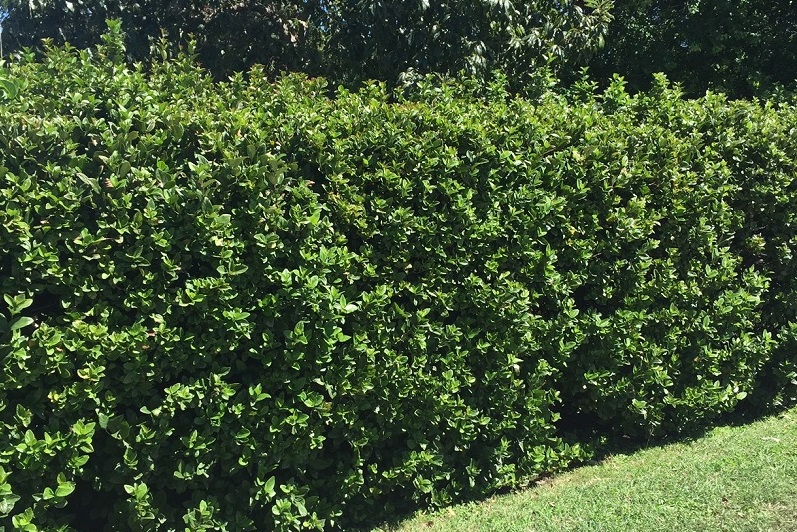Winter Watering in Central Texas
If you think you have a hard time adjusting to Central Texas drought, seasonal flooding, or freak freezing temperatures, think of what our plants go through! At least we can drink water, go inside to the air conditioning or warm ourselves with central heat.
While rain and temperature are things that we cannot control, we can control the amount of water that our plants receive. When we are in a drought year, it is very important that we use our water carefully while keeping our landscapes alive.
Fortunately, with a little bit of thought, common sense, and investigation, we can use water wisely and prevent stressed landscapes that will be more susceptible to insects and disease.
Knowing how and when to water requires some basic knowledge of your soil, the watering requirements of the individual plants and information about your irrigation system.
Soil Type Affects Frequency of Watering
Sandy Soils drain quickly and hold very little moisture. These soils may require more frequent watering intervals than soils which hold moisture. The amount of time required to reach the target depth may be faster in these soils.
Clay and Loam Soils absorb water slowly but hold water more than sandy soils. These heavier soils may require a slower method of application to avoid runoff and require less frequent watering intervals than sandy soils.
Soil Depth is an important aspect of watering. Applying too much water to a shallow soil wastes water. Knowing the depth of the soil and the depth of the specific plant’s root system is important in determining duration of irrigation.
Soil Drainage should be considered BEFORE planting, as poor drainage cannot be corrected after the fact. Attempting to grow a plant that is not tolerant of poor drainage in heavy soil is rarely successful. Read about how to test soil drainage HERE.
Individual Plant Species and Plant Type Affect Water Requirements
Lawn root systems generally grow 4”-6” deep, depending on the depth of the soil. Watering should be timed to penetrate to this depth. In the winter, even though the tops of the lawn grass are dormant, the roots are still alive and growing. If we do not receive an inch of water in about a 3-week period, apply enough water to penetrate to a 4”-6” depth. Frequency will depend on the soil type and how well it holds moisture. Clay and loam soils may only require watering once a month. Click HERE to learn how to determine the length of time to run your irrigation system to water your lawn sufficiently. This method may be applied to deeper watering situations as well.
Shrubs, if sufficiently mulched in beds, should do well with a deep watering to about 8”-10”. Be sure to pull mulch back from the trunks so the vascular system is not damaged. Use the lawn irrigation audit instructions to determine the length of time to water to the correct depth. If we do not receive an inch of rain in about a 4 week period, water deeply according to your irrigation audit. Again, frequency may vary depending on soil type. Remember to water the ENTIRE bed, not just the base of the plants.
Trees are perhaps the most neglected plants in our landscapes because their needs are not very well understood. A tree’s root system grows one to two times the HEIGHT of the tree OUT from the tree. An established tree will have the majority of its absorbing roots in the top one to two feet of the soil. If any of you have a mature tree and are still just watering at the base of the trunk, it is time to change your ways!
If we do not receive an inch of rain in a 4-week period, water your trees under their canopy and a few feet beyond to a depth of 8”-10”. Use the irrigation audit method outlined in the lawn watering blog link above to determine the length of time to water. Adjust the times to reflect the different depth required.
